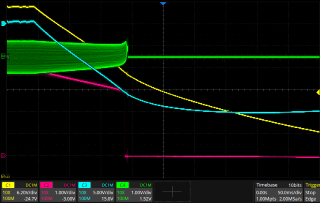Other Parts Discussed in Thread: TPS3802
Hello,
Is there an exact spec available of the voltage vs current applied to / drawn from the reset pin?
I want to drive the reset pin with a simple one-transistor-circuit during powering down.
Thanks,
Hans Verhees





